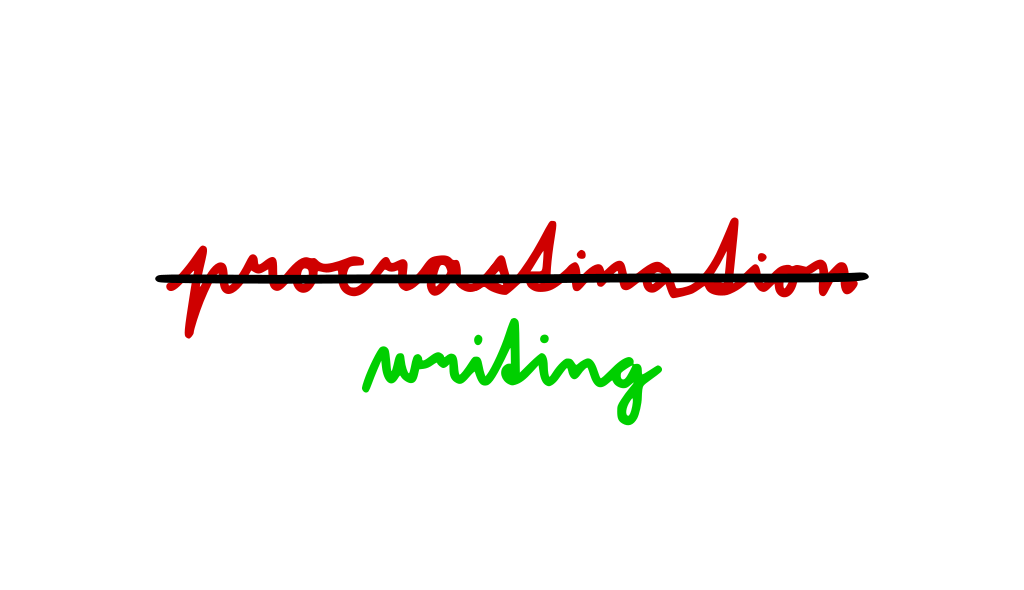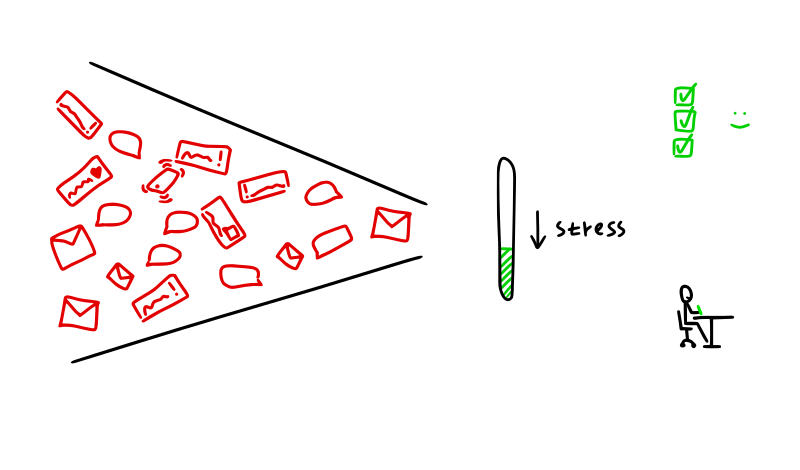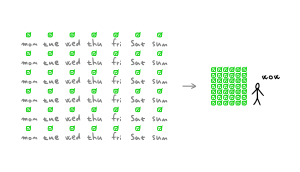How Neil Strauss overcomes perfectionism
Series: How famous writers beat procrastination

Perfectionism stops a lot of writers in their tracks.
They start writing the first word, sentence, or paragraph, and it doesn't seem good. In fact, it seems lousy. So lousy they start to wonder why they ever wanted to write anything in the first place.
And so they stop writing.
Now, successful writers have found ways to not listen to the voice of that inner critic. At least not in the beginning.
Bestselling author Neil Strauss has a method for writing his novels that helps him not listen to the harsh judgments of the inner critic when doing his work.
He divides his work into 3 drafts:
1. draft - for yourself
The first version he writes only for himself. He shows this version to no one. It's just for him to order his thoughts and get them out of his head and onto paper.
The inner critic dial is at 0 %.
2. draft - for your readers
The second version is for his friends and readers. He writes for people that like his work. For people who want to be entertained or educated. Select few can also comment and suggest changes.
He asks himself questions like:What's the most important thing for the reader?Does this text flow naturally?Does this passage fit into the overall chapter? (if not, it's cut)
The inner critic dial is at about 50 %.
3. draft - for your haters
Only in the third draft does Neil allow his inner critic to chime in constantly, but not before he had a finished 2nd draft.
He asks what someone truly negative might say. He aims to make the book "bulletproof".
What could they point out as a flaw? What could they criticize? What would they say to shoot down a particular argument.
The inner critic dial is at about 100 %.
At the end of this process, Neil does one more thing: read the book out loud to a friend.
In doing so, he wants to gauge whether it holds their attention. If he sees that his friend is growing distant or disinterested, he marks the passage that needs to be more engaging.
Deprocrastination analysis
This process is a well designed defense against sudden attacks of perfectionism.
By consciously reminding himself of the role of the individual drafts, Neil Strauss can keep the inner critic under the lid for long enough to allow himself to do the work.
Here's a myth many procrastinators believe: the first word, sentence, paragraph,... has to be perfect right from the start.
That's not true.
In fact, the process often looks more like:Really bad.
Kinda bad.
Bad.
Meh.
Okay.
Good.
Great.
Awesome!
Getting to a polished masterpiece often requires many iterations.
How could you use this for yourself?
What’s the 1. version only for you?
What’s the 2. version for your readers?
What’s the 3. version for your haters?
If this sounds useful to you, take a post-it note or a piece of paper and think about how you could apply this right now in your work.



